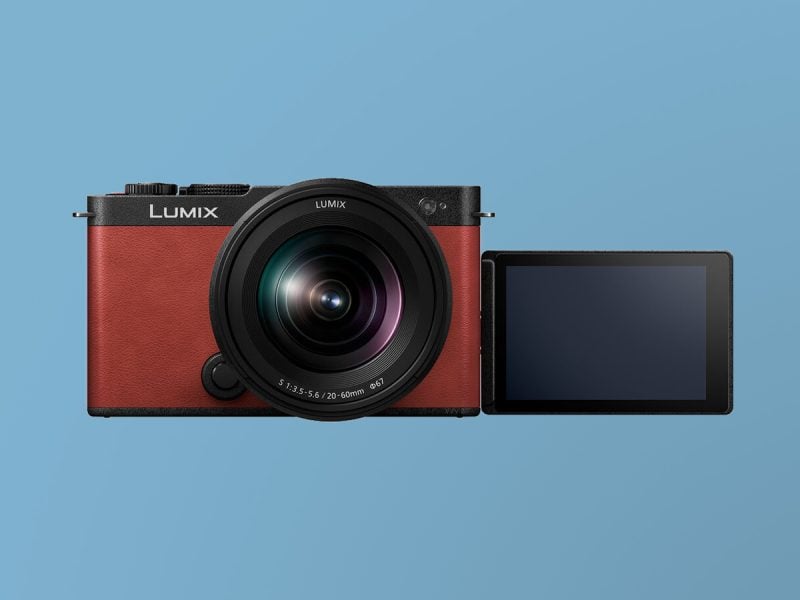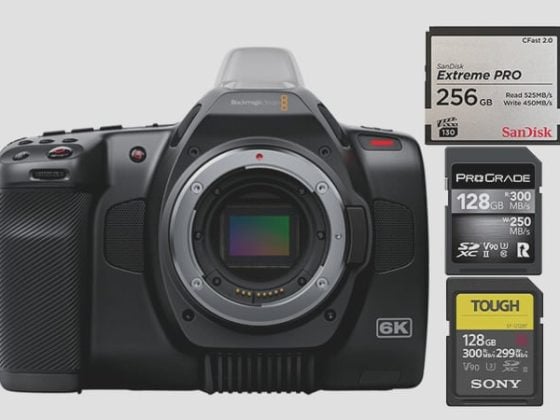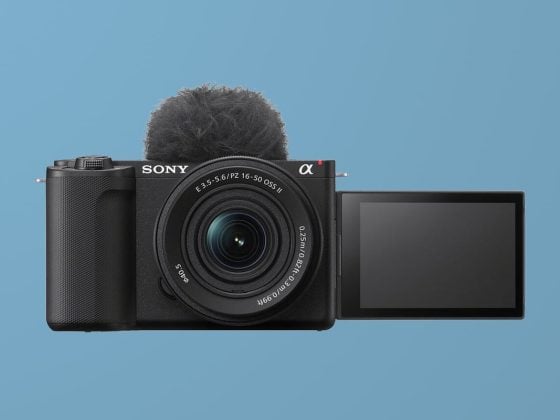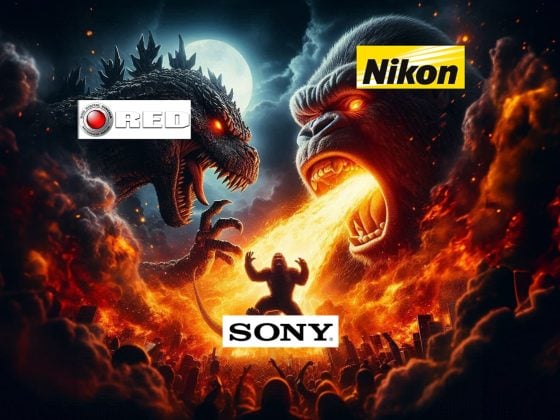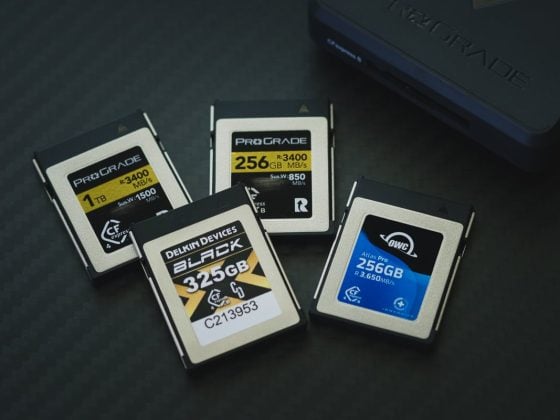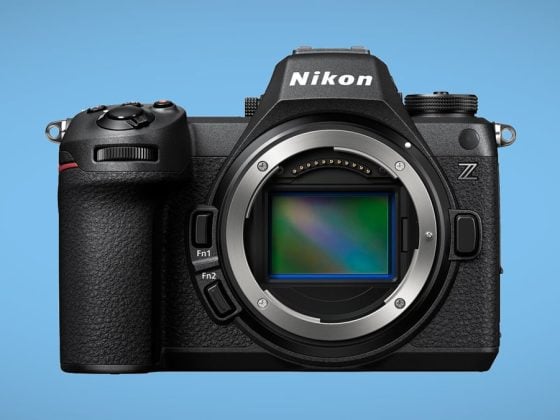A few years ago, every Youtuber would have utterly dismantled the Panasonic Lumix S9 for having only a 15-minute record limit and a single card slot. Today, “meh, it’s fine.” Why is it ‘meh fine?’ because it came with a trip to Kyoto.
So, what’s going on with this Panasonic S9? Should you buy why?
I’ve been thinking about it and doing my research. I’ve wanted another Panasonic camera for a while now, especially if it’s full-frame. However, I’ve concluded that the camera just doesn’t make any sense for the Western market, where a $300-500 upgrade can give you a substantially better camera—the Panasonic S5 II, although quite a bit bigger. Or go even cheaper and grab something like the Fujifilm X-S20 and get a camera with the actual film simulators this camera is trying to copy.
But then again, I’ve been pricing this camera out and looking at the competition, and it’s really well-positioned for its very specific use case. Eventually, it will go on sale, and then it will be a compelling option.
Panasonic S9 – Not A Review, Just my thoughts
At the time of writing this article, the Panasonic Lumix S9 is priced at $1,500
Check it out here at B&H
The Panasonic S5 II is priced at $1,800 at the moment (launched at $2,000)
The Nikon Zf is priced at $2,000 – However, the ZF does not shoot 10-bit 4:2:2 in video, only 4:2:0. 10-bit 4:2:0 is kind of nasty to grade, but fine if you’re not doing heavy grading. Nikon has yet to release a 10-bit 4:2:2 camera.
The Canon R8 is priced at $1,200 (on sale at B&H) – It’s also full frame, has no IBIS, has oversampled 4k60 10-bit 4:2:2, has Canon autofocus, has a hot shoe, has a headphone jack.
So, Jump up to the Panasonic S5 II for a few hundred dollars more and get a fully featured camera, or save a few hundred dollars and go into the Canon R8, unless you need IBIS.
In this price range, you can also buy some Fujifilm cameras and their tried-and-tested film simulators, and let’s be real: APS-C is totally fine for vlogging.
Here Are The Problem With The Panasonic S9
Here is a short list of some of the major limitations of the Panasonic S9.
- The Panasonic S9 has only a single SD memory card slot
- Has no hotshoe, it’s a coldshoe
- No headphone jack
- It has 6k video at 10-bit but only 4:2:0. It does have 4k 10-bit at 4:2:2.
- Limited to a 15-minute record time at 4k.
- There is no mechanical shutter, which makes it pretty abysmal for photographers.
So then I figured it out.
What The Panasonic S9 Is Really All About
It’s clear to me now that this camera is just a marketing tool. Panasonic ideally would like people to buy this camera and actually have fun using it, but really, that’s not what it’s for, and it probably won’t sell very well until it goes on sale since it’s just a Sigma fp with a few upgrades and a few downgrades – I still believe in that form factor.
It’s even more obvious that this camera was never meant to be taken seriously, as Panasonic was caught using stock photos on their marketing material featuring the AF technology (see it here on Photorumors). I don’t have a problem if these images don’t come from the actual camera since they are just used to illustrate what the focus boxes look like, but still, Panasonic should at least take their cameras seriously enough to be using photos from their ambassadors taken on their cameras.
Now, as someone who has worked in advertising for 20 years, I know that people working in marketing are often times just clowns. So, this might not be something the Panasonic camera team was directly responsible for or even knew was happening.
Another thought is that Panasonic likely has nothing significant ready to release that could make a big splash in the TikTok Fujifilm X100VI Film Simulator madness, but this camera does with its LUT button.
By allowing photographers, videographers, and mainly influencers to play around with custom LUTs, this camera gets people to look again at Panasonic’s lineup. If all these fancy custom LUTs come to Panasonic’s other cameras, then it’s somewhat of a nice camera segue into the system. Which, honestly, I think is smart.
Right now, the camera is cheap enough for all the influencers to buy it and start playing with and posting their LUTs. This helps garner more interest in the Panasonic system, essentially functioning as a loss leader. The photography and videography influencer world has become stagnant lately, so this camera gives everyone new content to start working with and discussing.
It’s a very smart move. Many of my friends want Panasonic cameras and have just been on the fence, waiting for something substantial to make it make sense. This makes it more sensible, especially if some cool LUTs are coming to more Panasonic cameras and the new Lumix Lab smartphone app. This gives them something to discuss in YouTube videos rather than just reviewing another new Goddox retro flash or a TTArtisans brass light meter.
For $1,500, I would consider picking this camera up to start messing with the LUTs, and I’m sure many other Bloggers, TikTok users, and Youtubers are considering doing the same. Just to make content with, not to shoot with for anything serious.
Now, should you buy this camera if you’re not an influencer? Probably not. Wait until a more mature Panasonic camera hits the market or until the new firmware comes to the Panasonic S5 II unless you fall precisely into the use case of what this camera offers. It is the cheapest full-frame 4k 10-bit 4:2:2 camera with IBIS that I know of.
While this LUT thing the camera does is pretty cool, I still can’t make sense of this camera without a mechanical shutter at its $1500 launch price tag.
The LUTs Are Pointless In The Panasonic S9 – Here is Why
I get using LUTs as a “film simulator” for photography—the Fuji boys love it—but Panasonic’s approach looks overly complicated – but maybe it’s not. Anytime a camera company mentions having to do something through a phone app, you know what that experience is usually like – painful.
Plus, the Panasonic S9 has no mechanical shutter, which is bad for photography unless you have a fast sensor like the Nikon Z9 or Nikon Z8.
So, the only practical use of the Pansonic S9 is videography, but baking LUTs into an H.265 file is pretty dangerous. It’s much better and super easy to shoot V-Log and apply custom LUTS in Premiere or Davinci Resolve. Let’s be honest: If you’re rushing to upload your footage to Youtube or TikTok without grading it in post, you’re probably using your iPhone anyway and don’t care about a fake film look.
But again, this camera is not for normal people. It’s for influencers to create content about this very specific feature. This is sort of where the industry is going. Everyone buying a camera is a Youtuber now (so it seems), so companies will start making more cameras that provide no practical value other than gimmicks for Youtubers to generate content with. These LUTs are something with which to generate content.
Whole blogs will be formed, and youtube channels will be formed around these damn little LUTs. Guys like FujiXWeekly will jump all over them. Maybe I will, too, but who knows?
Great Panasonic S9 Features
Not everything is bad with this camera; if you only use a few of the features the camera excels at, then by all means, grab one and get started collecting L Mount lenses. The L Mount system is cool, and I’ve wanted to get into it for a while now.
Here are some great features.
- It’s no secret that Panasonic has some of the best IBIS. I can’t get the stabilization with my Nikon Z8 that I see these video shooters getting with the S9.
- You won’t find a cheaper Full-Frame camera that can shoot 4k at 10-bit 4:2:2 with the H.264 codec and good IBIS.
- At this price, it would make an amazing B-Cam – paring nicely with something like a Blackmagic Cinema 6k.
- Digital Zoom is amazing for video. The Nikon Z8 has this; I love it and use it constantly.
- Open Gate. This uses the full sensor to record video, which is amazing for anamorphic lenses or doing other crops later.
While there is no way to monitor audio input, a vlogger isn’t sitting there doing that anyway. Many vloggers record audio externally, or if you have the Rode Wireless or DJI mics, the little transmitters also record audio internally. You can also use the 3.5mm headphone jack on the Rode Wireless Pro while doing USB-C audio or set the USB-C port out for monitoring and send the 3.5mm to the camera.
So, if you’re a pure content creator who wants a very capable video camera just for vlogging, the Panasonic S9 is a pretty solid choice, although the full frame is a major overkill in this use case. I would have to compare IBIS, but it seems like the Fujifilm X-S20 makes much more sense for vlogging, and you get the actual film simulators that everyone is fanatical over.
The Panasonic S9 just looks like a pretty terrible hybrid camera. It’s not good enough for real videography work or anything besides a B-cam for videography, and you have to be careful with that 15-minute record limit in 4k. But if you’re considering getting into the full frame L Mount system and doing a lot of video vlogging work, this could be a very fun little segue camera to get you into the L Mount system.
Video Overview from Ewen Bell
If you want to see a nice overview of the camera and its features, Ewen Bell probably has one of the best, well-shot videos covering the camera’s various features. As a travel photographer, he’ll be doing more content with it going forward on the Panasonic S9, so be sure to check this video out if you’re serious about this camera.
| **This website contains affiliate links. We will earn a small commission on purchases made through these links. Some of the links used in these articles will direct you to Amazon. As an Amazon Associate, I earn from qualifying purchases. |

